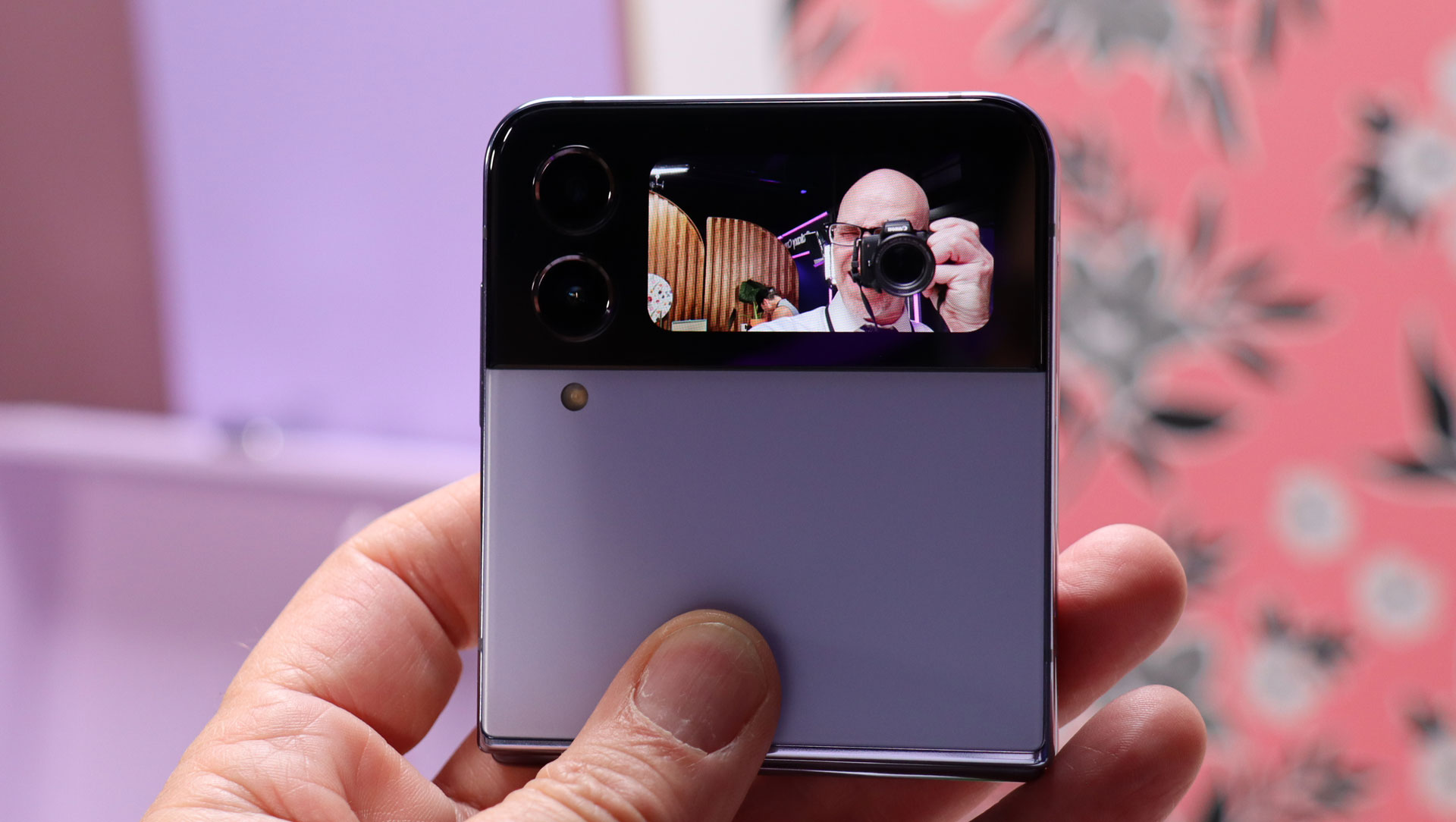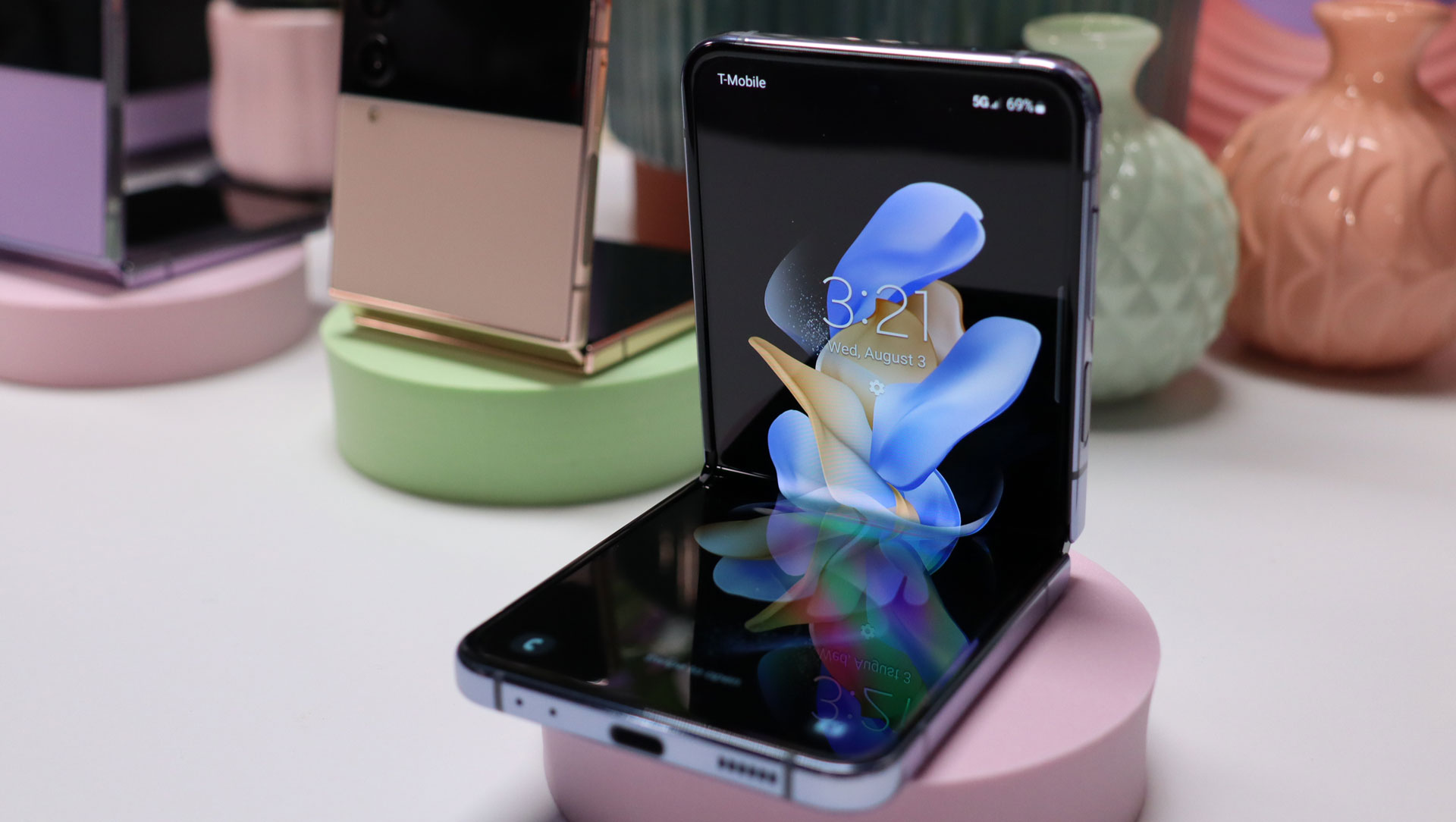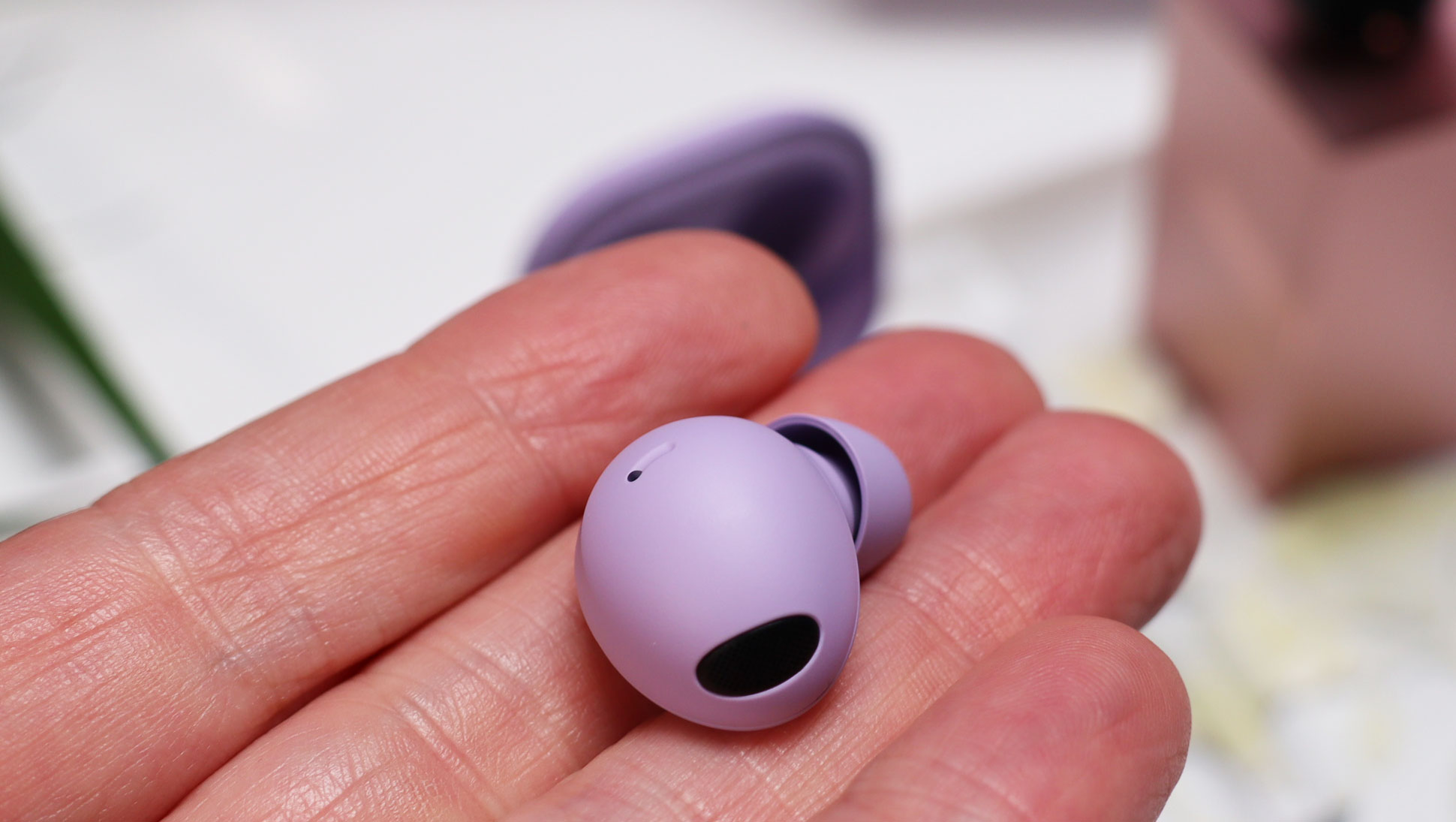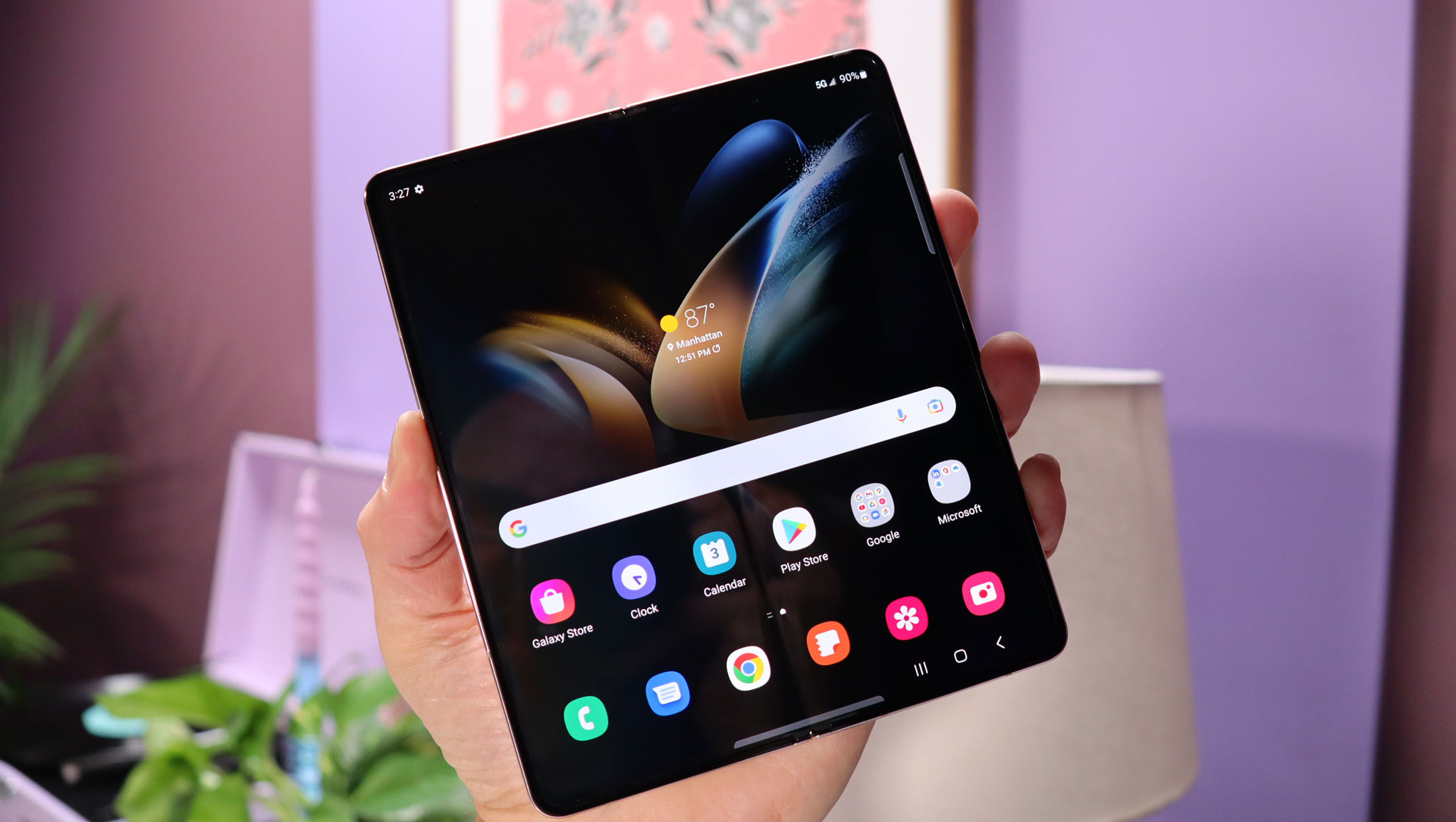Galaxy Z Fold 4 and Z Flip 4: finally, Samsung reveals why they exist
Foldable devices are about to be not just a thing, but THE thing

Samsung's years-long quest to inspire legions of smartphone users to adopt foldable Android phones has turned a major corner with a pair of powerful, if not redesigned, upgrades – the Samsung Galaxy Z Fold 4 and Samsung Galaxy Z Flip 4. And with partners offering so many wild deals there's a better-than-average chance your next Android smartphone could be a foldable.
Samsung's breakneck-paced Unpacked event rolled through five devices and in a fairly specific order:
- Samsung Galaxy Z Flip 4
- Samsung Buds 2 Pro
- Samsung Galaxy Watch 5
- Samsung Galaxy Z Fold 4
- Samsung Galaxy Watch 5 Pro

If you didn't get the message before, you now know that Samsung is positioning the $999 / £999 / AU$1,499 Galaxy Z Flip 4 as the foldable for everyone, it's half the price of the $1,799.99 / £1,649 / AU$2,499 Galaxy Z Fold 4 (in the US AT&T is offering $1,000 in bill rebates if you trade in any old Galaxy phone for a Z Flip 4).
The Z Flip 4 follows the model for Samsung's 2022 foldables strategy: don't redesign, but adjust, fix, and generally improve to make these bendable devices more appealing to the mass market.
As our UK Mobiles Editor Alex Walker-Todd notes in his hands-on Galaxy Z Flip 4 review, the new phone has a bigger battery and a more compact form factor, which should bring it closer to the flip phones of our youths (think Motorola StarTac) and make it feel less like a blocky oddity.
Of course, the Z Flip 4 is packing way more functionality that any flip we used in the early aughts, with cameras inside and out and cool, hands-free photography controls. That it's being pitched as the perfect Instagram and Facebook Reels device is no accident. This isn't a device for getting stuff done – it's a general-purpose, highly customizable fashion phone that's as adept at sliding into your hectic social media life as it is at sliding into your pocket.

While I thought Samsung would move quickly to its next foldable, the powerful Samsung Galaxy Z Fold 4, after unveiling the Z Flip 4 at its launch event, it opted instead to show us a new Z Flip 4 companion product: the rather attractive AirPods Pro competitors, the Samsung Buds 2 Pro.
Sign up for breaking news, reviews, opinion, top tech deals, and more.
I like the way these Bluetooth earbuds look. Instead of an oversized or oddball shape, we get something that looks like it was meant for your ear's tragus (that fleshy bit at the front of the ear).
I'm hoping that Apple soon jettisons its AirPods stems, and I think the Buds 2 Pros' 24-bit sound and enhanced active noise cancellation could give Apple a run for its audio money.
Also, at $230 / £219 / AU$349, the buds fall neatly between the AirPods and AirPods Pro price-wise.

"Now," I thought, "we'll get to the Z Fold 4."
I was wrong again. What I hadn't realized is that Samsung wants Z Flip 4 customers to see the devices as part of a Galaxy-gadget ecosystem, one that can only be complete with the addition of its new Samsung Galaxy Watch 5.
The Watch 5 is an attractive, round WearOS device that makes me think it's probably time for Apple to offer a round display option on the Apple Watch.
It's still a fairly beefy device, but from what I saw it has a brilliant and, naturally, customizable screen. The new Sapphire Crystal Display is welcome. Even if you're not that active, Gorilla Glass watch crystals are far from scratch-proof.
Samsung has made the back bigger (more surface area in contact with your skin to get all those activity and biometric readings), and has even added an infrared temperature sensor – and all that health, fitness, and sleep tracking can be tracked on the new Z Flip 4.
It's interesting that while the Z Flip 4 falls at the high-end of Android flagship device pricing, Samsung's Galaxy Watch 5 is sliding in at a starting price of $279.99 / £269 / AU$499, well below Apple's baseline Apple Watch Series 7, which starts at $399 / £369 / AU$599.
Here's your Galaxy ecosystem. I guess the Z Fold 4 is a different ecosystem#SamsungUnpacked pic.twitter.com/J5Wr07SklwAugust 10, 2022
This trio of devices – the Z Flip 4, Buds 2 Pro, and Watch 5 – were presented as a group, which purposefully nudged Samsung's other foldable phone into the pro space.
This is smart, because as consumers are considering buying their first foldable devices they probably need to think about what they need it for. Do you want a causal device that you use primarily for texting, browsing the web, email, and social media? Does you active life start and end with a swift climb up the stairs? If so then the Z Flip 4, Buds 2 Pro, and Watch 5 might be the set for you.
However, if you're the kind of person who struggles to wade through presentations on your smartphone screen, tries out the latest first-person shooter on your Galaxy S21, or maybe consumes vast quantities of Netflix and Hulu, the Z Fold 4 might be right for you.
Samsung's alignment of the Watch 5 Pro with the Z Fold 4 is a little less clear, since hyperactive folks might just as likely do less work on their phone as those carrying the Z Flip 4. In any case, this is the transition Samsung chose, and I'm willing to buy it as the first blush of an evolving folding device marketing strategy.

It probably only works because the Samsung Galaxy Z Fold 4 is so much more than the Z Flip 4. Instead of the relatively tiny cover screen on the Flip 4, the Fold 4's 6.2-inch outer display is almost full-sized – and then, of course, there's the flexible 7.6-inch display on the inside.
This device shouts flexibility and productivity in equal volumes. Just look at the new customizable task bar at the base of the big screen. That's tablet – heck, even tiny PC – territory.
In my brief time with the Galaxy Z Fold 4, I was impressed by how Samsung has slimmed down and lightened the entire chassis. During the launch, Samsung revealed that it had taken some pretty radical steps to make the Z fold 4 thinner and lighter than its predecessor; some might even call them risky.
It replaced the hinge's internal gear design with something much lighter and thinner, and also removed a thin sheet of metal from behind the flexible screen, while adding in a new strengthened, albeit lightweight mesh, and upgrading the ultra-thin bendable glass.
All of this has the intended effect – it's a noticeably lighter device – but the risk here is obvious. We now have an untested hinge and flex-screen system. That's not to say these won't be just as strong as the components on the Z Fold 3, and I know that Samsung has lab tested them to the extremes – but consumers are different animals.
There's a lot to digest from Samsung Unpacked, but the message here is clear: Samsung's commitment to foldable technology is deep, and it now has a strong pitch for consumers think about investing in their first flexible device: Come on in, the water's fine – and we know why you'd want the Galaxy Z Fold 4 or the Galaxy Z Flip 4, which gadgets you should pair them with, and exactly what you'll do with them.
It's this kind of clarity of branding that will put even more pressure on Apple to get into the foldable game, before Samsung runs away with the whole thing.

A 38-year industry veteran and award-winning journalist, Lance has covered technology since PCs were the size of suitcases and “on line” meant “waiting.” He’s a former Lifewire Editor-in-Chief, Mashable Editor-in-Chief, and, before that, Editor in Chief of PCMag.com and Senior Vice President of Content for Ziff Davis, Inc. He also wrote a popular, weekly tech column for Medium called The Upgrade.
Lance Ulanoff makes frequent appearances on national, international, and local news programs including Live with Kelly and Mark, the Today Show, Good Morning America, CNBC, CNN, and the BBC.